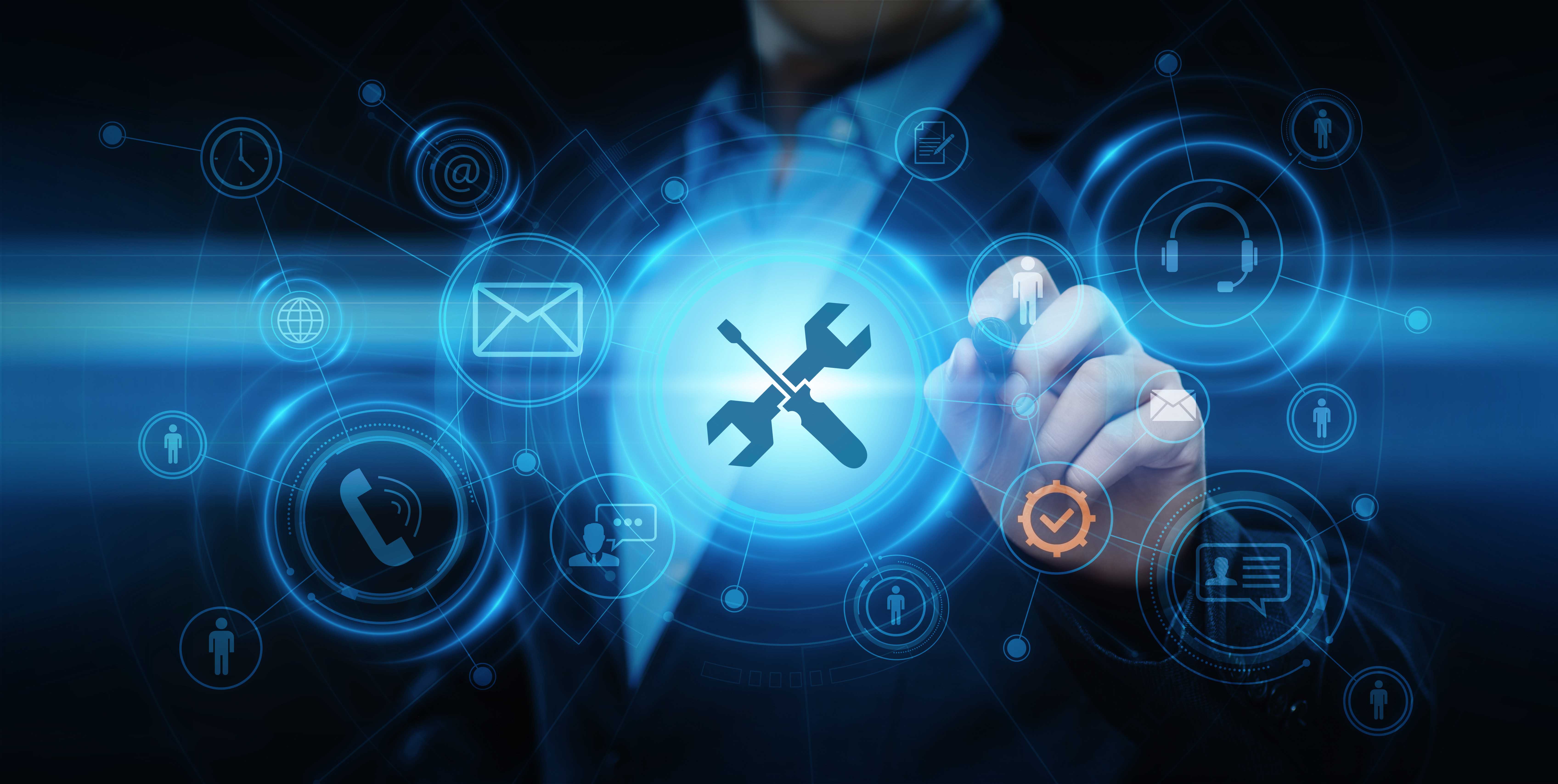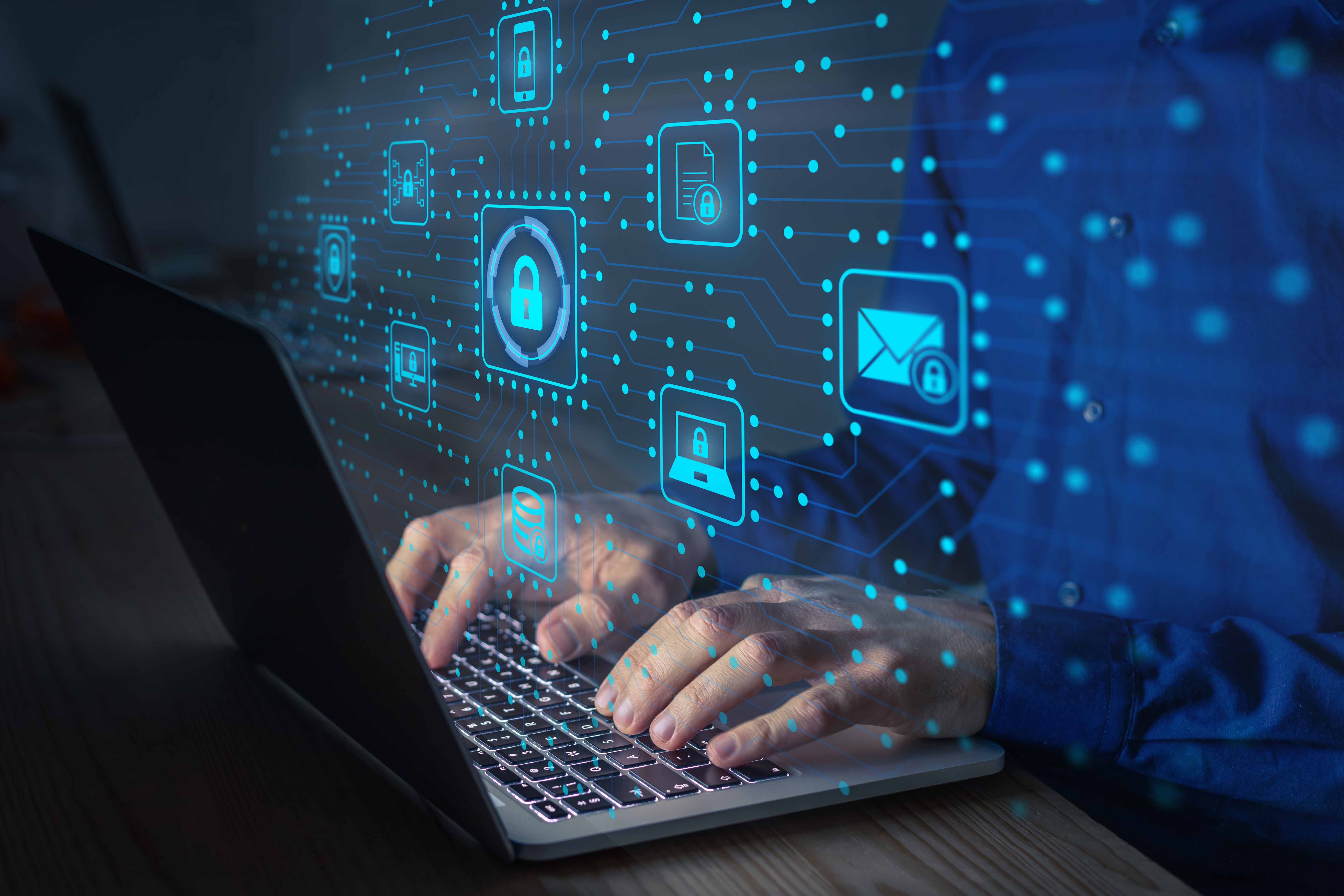
OpenAI, recognized for its advanced machine learning and deep learning algorithms, has the potential to extract valuable insights from the enormous troves of data generated by IoT devices. In this blogpost, we will delve into the seamless integration of OpenAI and IoT, exploring how this dynamic partnership can lead to transformative solutions.
IoT has always been a cornerstone of predictive maintenance strategies. By outfitting machinery and equipment with sensors, real-time performance data is continuously collected. When it comes to making sense of this data, OpenAI’s ability comes to light. Its algorithms can filter through the information, identifying patterns and predicting equipment failures. This proactive approach empowers maintenance teams to intervene before issues escalate, easing costly downtimes and repairs. Imagine a world where factories hum with endless productivity, thanks to OpenAI's predictive maintenance algorithms. Machines, equipped with IoT sensors, communicate their operational status in real-time. OpenAI's algorithms analyze this stream of data, identifying subtle patterns that could signify impending breakdowns. Maintenance teams receive timely alerts, allowing them to perform necessary repairs before a critical failure occurs. The result? A significant reduction in unplanned downtime, a boost in overall productivity, and substantial cost savings. The fusion of OpenAI and IoT expands to the field of quality control in manufacturing. Leveraging IoT sensor data, OpenAI algorithms operate in real-time, carefully monitoring and controlling product quality on the production line. Through the identification of data patterns like temperature or variations in moisture levels, quality control teams can quickly spot differences from specifications and take corrective actions, ensuring that only flawless products reach consumers. For example an automotive assembly line where quality control is paramount. IoT sensors embedded in various stages of production always feed data to OpenAI's intelligent algorithms. These algorithms analyze every aspect of the manufacturing process, from weld quality to paint finish. When abnormalities from the quality standards are detected, the system triggers immediate corrective actions. Imperfect components are identified and removed, ensuring that only vehicles meeting the highest quality standards leave the factory. Customer satisfaction increases, warranty claims drop, and the brand's reputation for excellence is further solidified.
Sustainability through data
Efficient energy management is a critical concern in various settings, from buildings to factories. IoT is helpful in tracking energy consumption, but it's OpenAI's analytical ability that takes this to the next level. The algorithms can analyze IoT-generated energy data to pinpoint opportunities for reducing consumption. Adjusting thermostats, optimizing lighting, and powering down unused equipment are just a few examples. By implementing these data-driven changes, organizations can trim energy costs and minimize their environmental footprint. Think about a smart city where OpenAI and IoT work in harmony to optimize energy usage. Sensors installed throughout the city's infrastructure monitor electricity consumption, traffic patterns, and weather conditions. OpenAI's algorithms analyze this real-time data, predicting spikes in energy demand. In response, streetlights dim slightly, and building systems adjust to reduce energy consumption during peak hours. As a result of this you have a city that not only operates more sustainably but also saves millions in energy costs each year. In the agricultural landscape, OpenAI's capabilities can be harnessed to make sense of IoT sensor data. Farmers can employ IoT sensors to monitor soil moisture, temperature, and other vital variables. The algorithms then step in to optimize crop management, helping farmers make informed decisions on planting and harvesting times. Additionally, AI can suggest resource-efficient strategies to improve water usage and resource sharing, maximizing crop yields while minimizing costs. Visualize a farm of the future, where precision agriculture is the norm. IoT sensors are scattered across vast fields, constantly gathering data on soil conditions, weather, and harvest health. OpenAI's AI models analyze this wealth of information, providing real-time recommendations to farmers. When to water, when to apply fertilizers, and when to harvest—all guided by AI-driven insights. Crop yields increase, resource usage drops, and sustainable farming practices become the cornerstone of agriculture. IoT devices can also collect a wealth of data about customer behavior, including usage patterns and preferences. OpenAI leverages this rich dataset to craft virtual assistants and chatbots capable of delivering highly personalized recommendations and support to customers. This automation streamlines customer interactions, reducing the burden on support teams and freeing up resources for more strategic endeavors. Imagine a world where businesses offer unparalleled customer support, thanks to OpenAI and IoT. IoT devices, embedded in products, continuously gather data on how customers use them. OpenAI's algorithms process this data, allowing businesses to tailor their support offerings. Virtual assistants, powered by AI, engage customers with personalized recommendations and troubleshooting tips. Support agents focus on complex issues, knowing that routine analyses are efficiently handled by AI-driven chatbots. Customer satisfaction soars, and companies build lasting relationships with their clientele.
The synergy between OpenAI and IoT offers a powerful tool for organizations to harness the full potential of IoT-generated data. By tapping into these technologies, businesses can collect profound insights into their operations, trim costs, and lift the customer experience to unprecedented heights. We are simply scratching the surface of what's achievable through this dynamic partnership, and the possibilities are boundless. In conclusion, the fusion of OpenAI and IoT presents a cooperative relationship that holds immense promise. It not only elevates industries through predictive maintenance, quality control, energy management, and agriculture but also reshapes customer support paradigms. This dynamic duo is ready to drive innovation, cost-efficiency, and sustainability across the board. As technology advances further, we can expect even more groundbreaking solutions to emerge from the harmonious marriage of OpenAI and IoT.
Related products
-

conNXT, creating value with IoT
Read moreThe Internet of Things (IoT) is all about insight, allowing you to understand what is happening and why it is happening. -

digitalNXT Search – find information without searching
Read moreOrganisations often have large amounts of data that can add substantial value. digitalNXT Search creates clarity in the chaos and makes unstructured data accessible. -

Automate manual visual inspections with digitalNXT Vision
Read moreEspecially in complex quality assessments, manual visual inspections are inadequate. We use image recognition by means of automating manual visual inspections to solve these inspection error problems.
